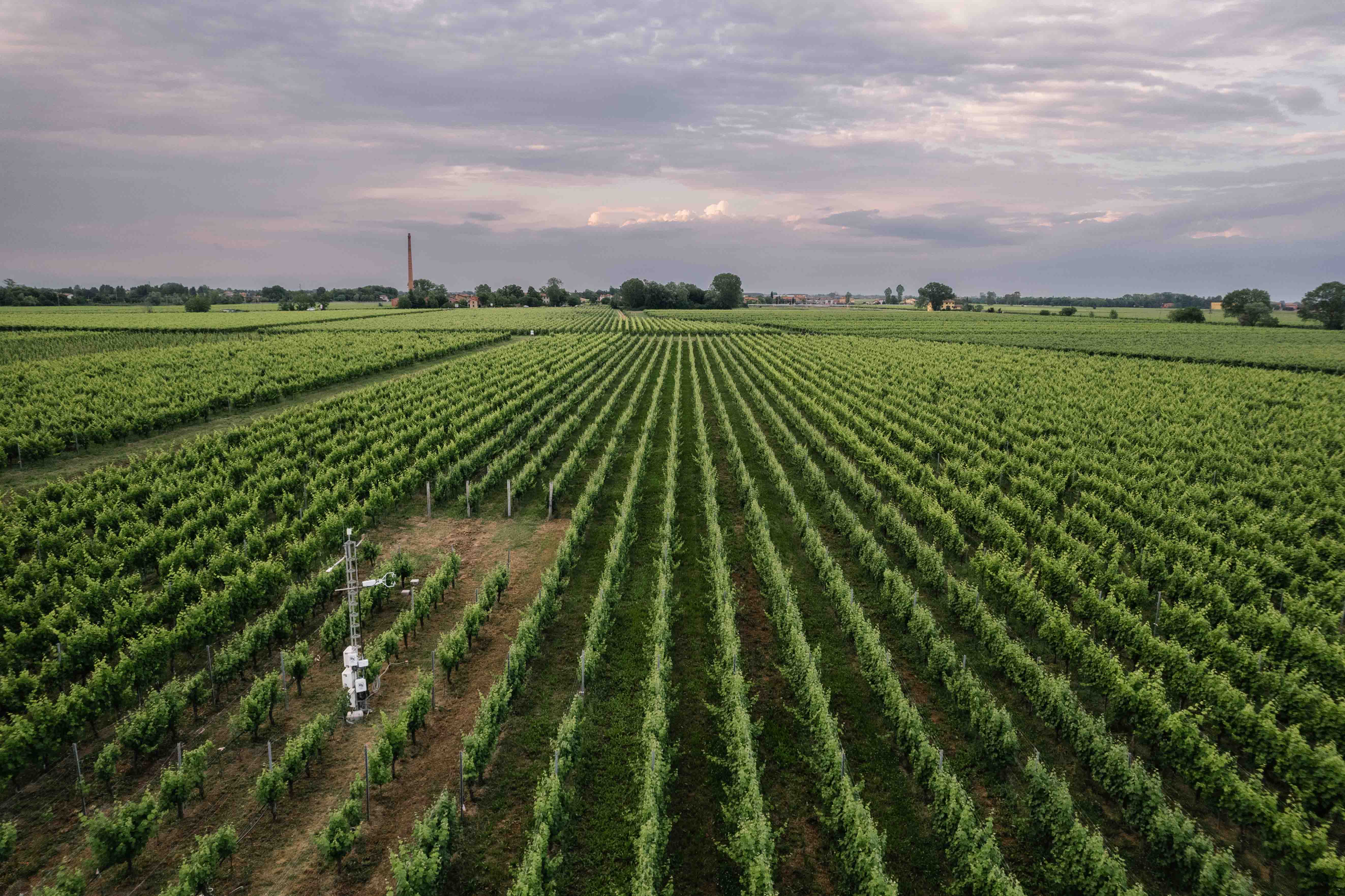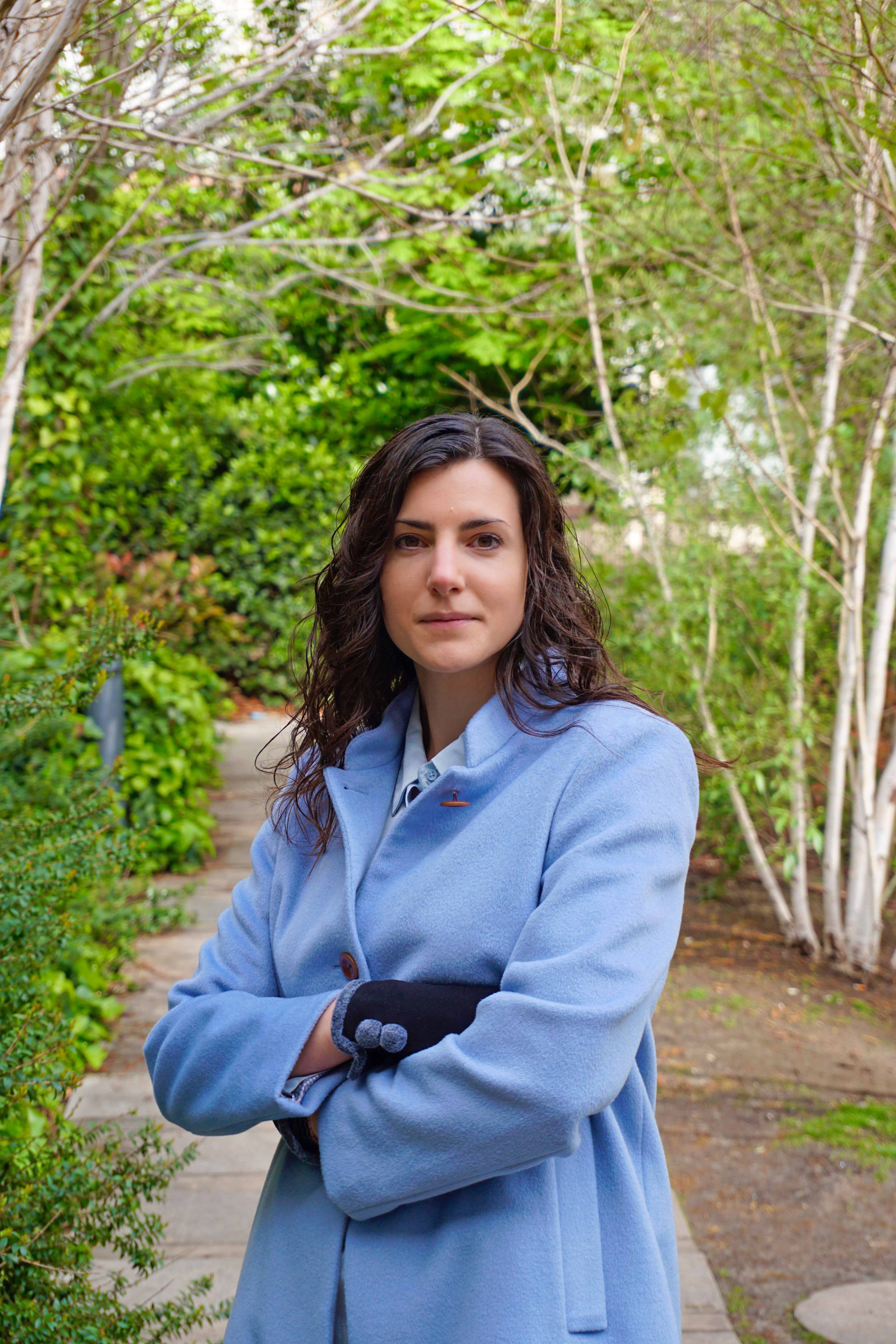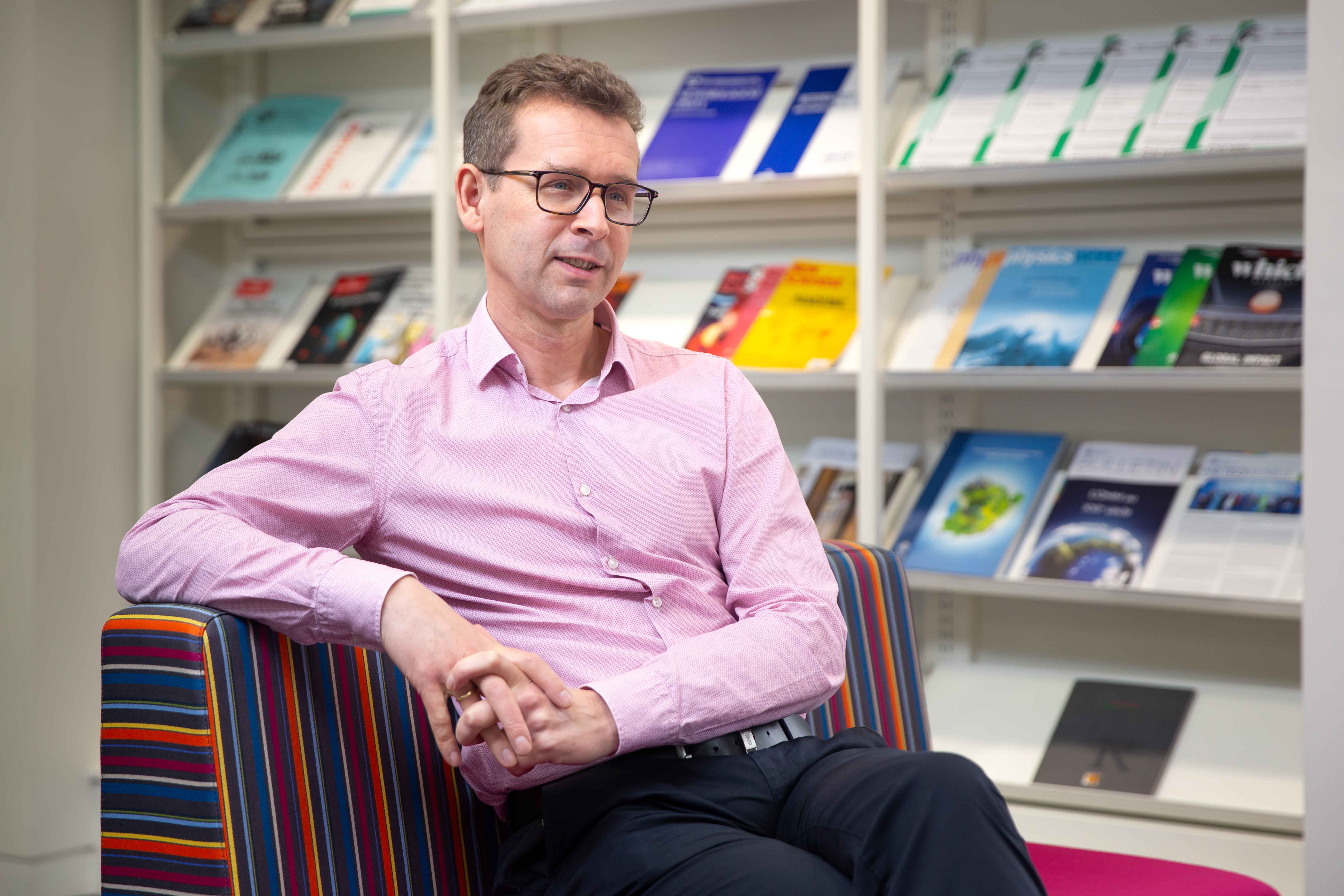
Scientists across Europe are developing effective Monitoring, Reporting and Verification (MRV) systems, relying on high-quality data. New projects showcase tools to monitor emissions from human activities, and develop methods to monitor soil organic carbon under different local climate conditions and climate change scenarios.
MRV systems are developed for a wide range of uses: to help countries verify their national greenhouse gas inventories, to report the results of a certain climate mitigation action or to monitor the impacts of carbon farming. Some processes are more community-driven and local, while others aim to provide a bigger picture and serve entire regions and countries. Some focus on verifying activities for the carbon credit market, while others focus on fixing uncertainties in the inventories.
Significant contributions to the improvement of MRV systems have recently been made in two projects funded by the European Commission: CoCO2 and MRV4SOC. The projects aim to create a solid scientific base for MRV.
CoCO2 created the prototype for the Copernicus CO2 Monitoring and Verification Support system, CO2MVS for short. This new European service will monitor human-induced greenhouse gas emissions. The other project, MRV4SOC, focuses on creating a monitoring system for soil organic carbon.
FLUXES spoke to the project coordinators to find out what challenges the projects aim to solve, how they are reaching their goals and how they plan to scale up results – read the Q&As.
"Our first challenge was the lack of a standardised methodological approach for measuring carbon stocks across various land use classes and management practices."
Dr Marta Gómez-Gimenéz

Q&A: Monitoring soil organic carbon to support carbon farming
The MRV4SOC project aims to monitor the changes in organic carbon in soil, caused by climate change and land management practices. The goal is to standardise MRV systems in the EU’s land sector and, ultimately, establish a methodological MRV framework to increase trust in voluntary carbon markets.
The project uses data from 14 demo sites across Europe, five of which are greenhouse gas measurement stations in the ICOS network. These are the forest station Hurdal in Norway and four sites in Belgium: a forest station in Brasschaat, a grassland station in Dorinne, and two cropland sites, one in Lonzée and the other in Westmalle. The ICOS stations, in particular, contribute significantly to increasing the understanding of carbon farming practices.
FLUXES spoke to Dr Marta Gómez-Giménez, Coordinator of the MRV4SOC project and Project Manager & Remote Sensing Specialist at GMV, a private capital technology business group.

Location: Madrid, Spain
Research topic: Environmental Remote Sensing
What do you like most about your work? I love working with professionals from different fields of expertise to find comprehensive solutions to complex environmental problems.
What have you learned from working in the MRV4SOC project? There is a wide community of stakeholders interested in improving soil health and fighting against climate change. The most vulnerable communities must be appropriately rewarded so that no one is left behind.
Photo: Claudia Droscelli
1. What challenge is MRV4SOC set to solve?
The main objective of the project is to monitor the changes in long-term soil organic carbon (SOC) accumulation in nine ecosystem types, each representing a distinct land use type within the EU. We are particularly interested in changes in soil organic carbon caused by carbon farming practices under different local climate conditions and climate change scenarios.
2. What is MRV4SOC doing to solve this?
The project aims to develop a robust, standardised, transparent and cost-effective MRV system to be implemented on different scales through ground-based and satellite data and process-based models. This MRV system is focused on monitoring changes in soil organic carbon in different ecosystems, such as peatlands and wetlands, forests, croplands and grasslands, just to name a few. The goal is also to increase trust in the voluntary carbon markets.
3. When do you expect results?
The final results will be released in 2026. Intermediate outcomes will be published in scientific journals and open repositories over the following years.
4. How can the results be used on the national, regional and local scales?
Our local and landscape approach is being developed within the framework of national greenhouse gas inventories. The results will help us define guidelines and recommendations to establish an MRV system for the EU land use sector.
5. What have been the project's most significant challenges and successes thus far?
Our first challenge was the lack of a standardised, robust, and transparent Tier 3 methodological approach for measuring carbon stocks across various land use classes and management practices. The second challenge was the absence of a standardised MRV framework for the EU land sector. In addition, the lack of suitable long-term data sources (e.g. soil properties, vegetation, management practices) has slowed down the development of such a highly complex methodological approach. Tier 3 methods, especially to be used within voluntary rewarding mechanisms, require that this data should be available not only on national level or province level but disaggregated for smaller areas, such as farm holdings. This degree of detail is not publicly available or not even collected in many countries in the world.
On the other hand, the collaborative efforts of the European Research Executive Agency, the Directorate-General for Climate Action, and the Joint Research Centre have successfully brought together the private and public sectors, providing momentum for the project to develop robust, standardised, cost-effective and transparent Tier 3 MRV systems. The EU's ambition to achieve climate neutrality by 2050 has motivated us to seek reliable, interoperable and cost-effective solutions within complex ecological and socioeconomic contexts.
The EU-funded project got its name - MRV4SOC - from monitoring, reporting and verification (MRV) and soil organic carbon (SOC).
"The goal is to develop a robust and cost-effective MRV system."
Dr Marta Gómez-Giménez
Q&A A breakthrough service to monitor human-induced emissions
The CO2 Monitoring and Verification Support capacity (CO2MVS) is a service developed by Copernicus that aims to monitor human-induced carbon dioxide and methane emissions in the atmosphere. It combines ground-based and satellite measurements with detailed computer models in a service that can be used to track emissions on the regional, national and local scales. The prototype was created as part of the EU-funded CoCO2 project (2021-2023) and the plan is to launch its operational system in 2026.
Dr Richard Engelen, Coordinator of the CoCO2 project and Deputy Director of the Copernicus Atmosphere Monitoring Service (CAMS) at the European Centre for Medium-Range Weather Forecasts (ECMWF), spoke to FLUXES about the project.

Location: Bonn, Germany
Research topic: Atmospheric composition
What do you like most about your work? I manage the implementation of the new CAMS emission monitoring services, which requires both state-of-the-art science and interaction with users. Managing these two aspects is what I really enjoy doing.
What have you learned from working in the CoCO2 project? Improving the required science and technology is critical for the success of the new emission monitoring services, but the endeavour will fail without continuous interaction with the many potential user communities.
Photo: European Centre for Medium-Range Weather Forecasts
1. What challenge did the CoCO2 project want to solve?
At the time of the Paris Agreement negotiations, the European Commission decided that they need more information to support climate mitigation actions. One of the ideas was to use the existing Copernicus programme to provide observation-based information for countries and the EU Commission. This idea resulted in a series of recommendations, reports and task forces, eventually leading to EU projects such as CoCO2. The CoCO2 made a prototype for a monitoring and verification service, currently called CO2MVS.
2. How did you solve the challenge?
The prototype system of CO2MVS allows estimates of carbon dioxide (CO2) and methane (CH4) emissions from human activities on the global, regional and local scales. It uses a similar level of mathematical rigour that is used in other applications, such as numerical weather prediction and air quality predictions. The service can improve the effectiveness of greenhouse gas measurements like never before.
3. What are the results?
The work was finished in 2023, and now the Copernicus Atmosphere Monitoring Service (CAMS) will implement these plans. The CO2 Monitoring, Verification and Support system should be operational in 2026, which is aligned with the launch of a new Copernicus Sentinel satellite mission. Then, countries could already use observations from the service in the second UN Global Stocktake, when they assess their progress towards the goals of the Paris Agreement.
"On the member state level, we aim for countries to use the data to evaluate or improve their greenhouse gas estimates."
Dr Richard Engelen
4. What is the process for scaling up the results?
The CO2 Monitoring, Verification and Support system will be run by the Copernicus programme, which is funded by the European Union. On the member state level, we aim for countries to use the data to evaluate or improve their greenhouse gas estimates. On the global level, we are working closely with new initiatives, such as World Meteorological Organisation’s Global Greenhouse Gas Watch (see page 48). Developing countries will have to start reporting their greenhouse gas emissions from 2024 onwards, and so if this tool can help them achieve their goals that would be a success.
5. How can the results be used on the national, regional and local scales?
Users have started to adopt the system: Germany has initiated the use of some of the pre-operational data in their national emissions reporting as additional information. On the EU level, we are working to provide more up-to-date information on methane through local monitoring to some of the Directorates-General (DGs) of the Commission.
